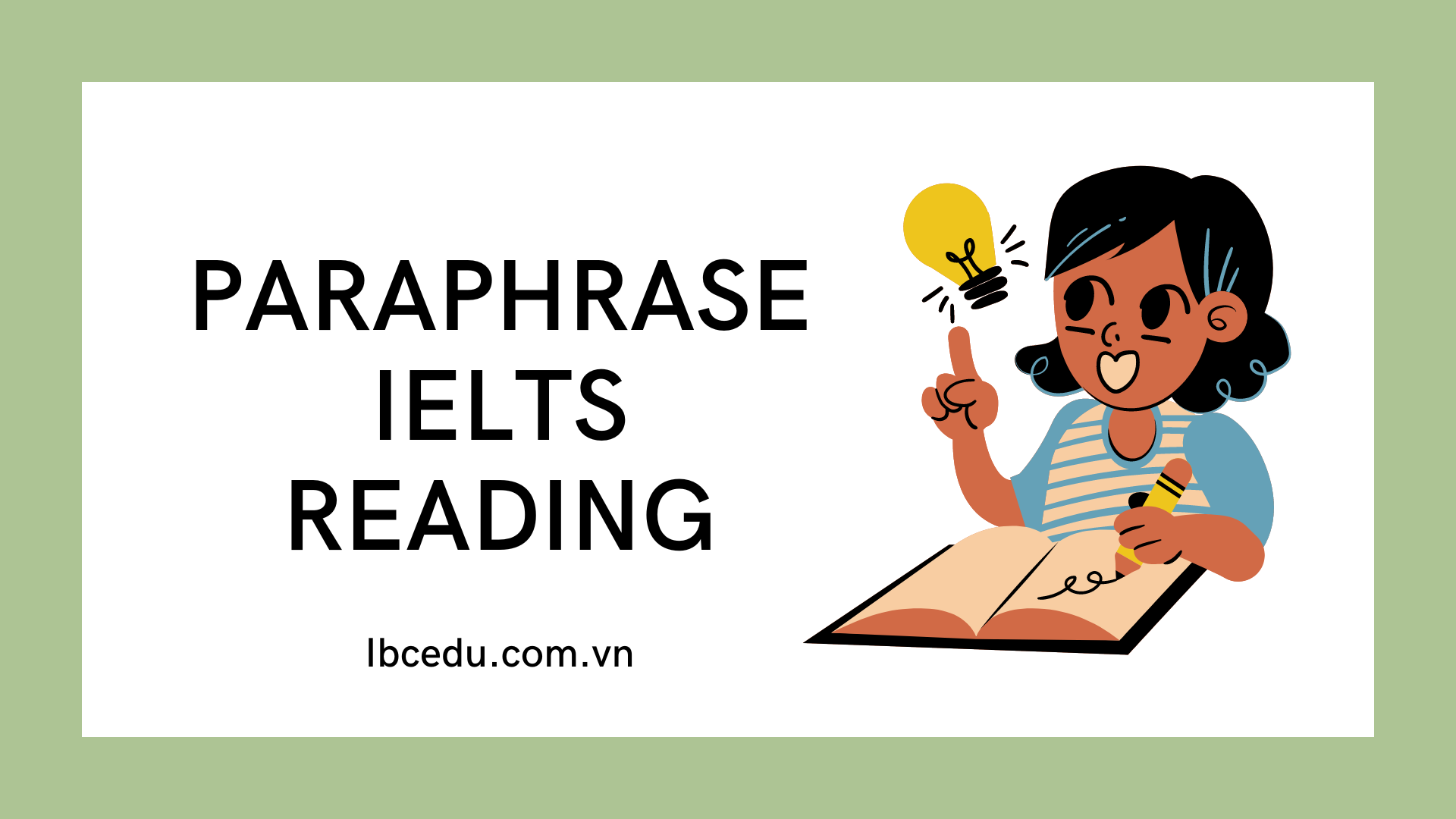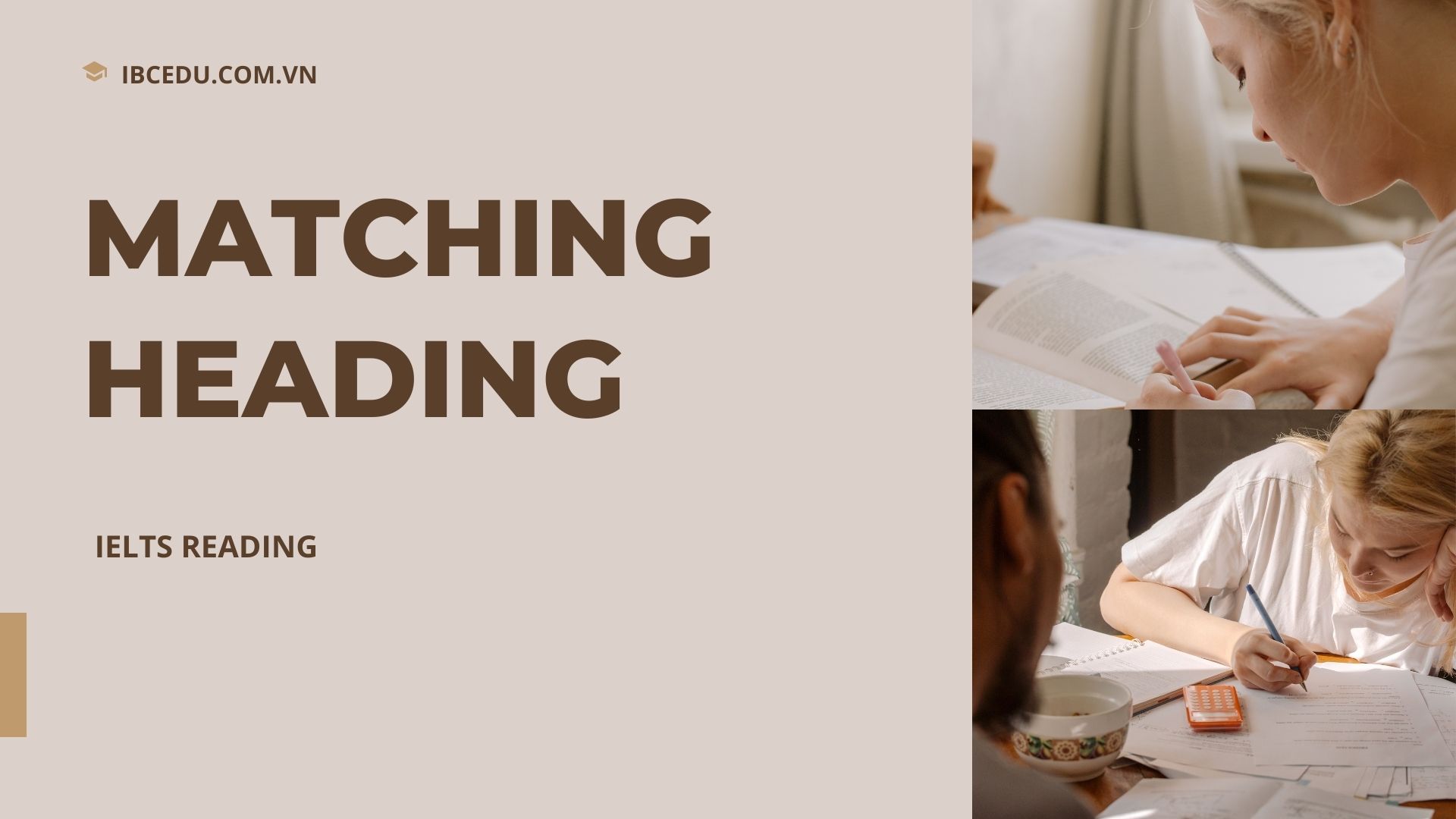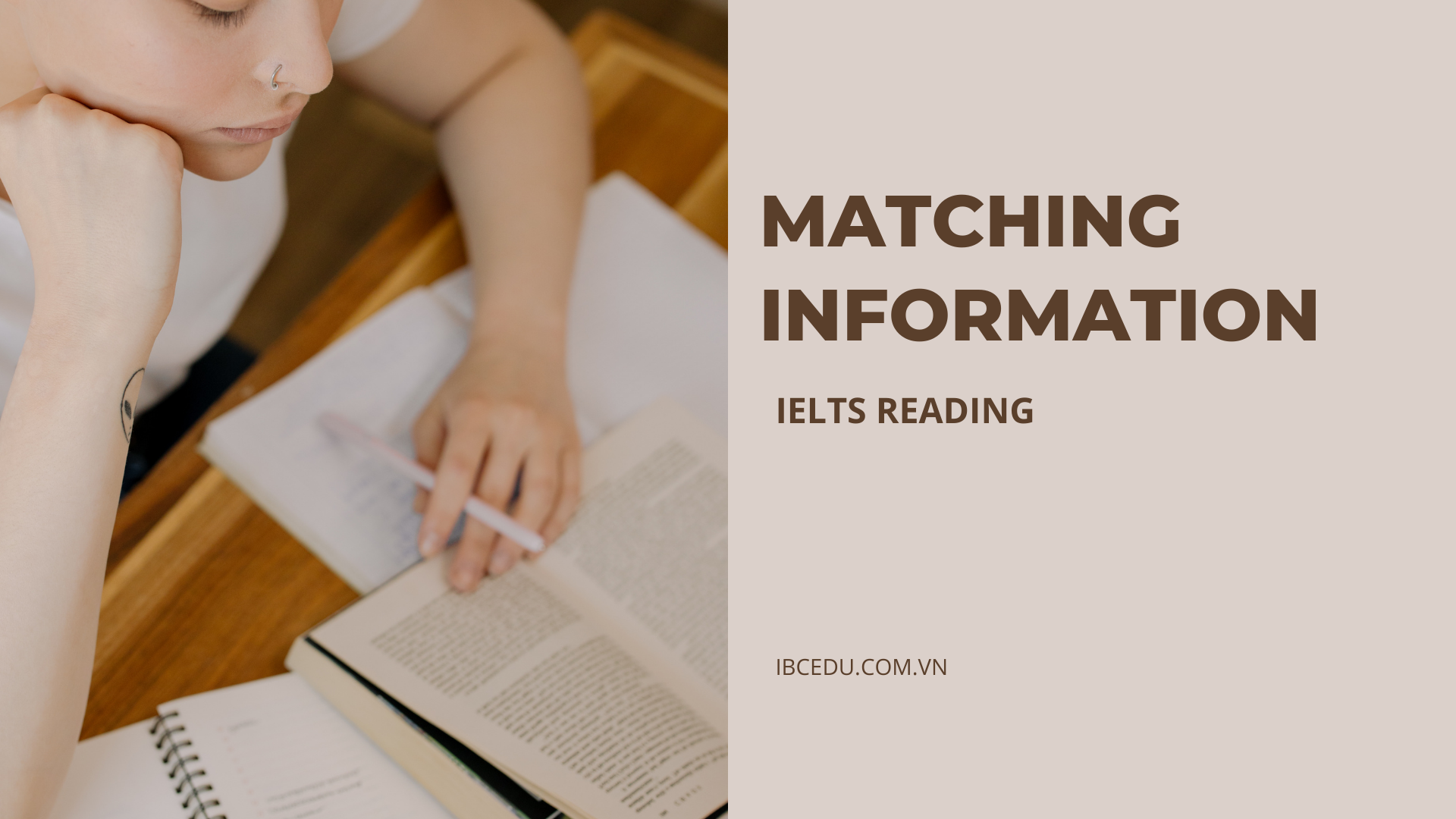
Để tạo ra một đề thi Ielts Reading, các examiner sẽ chọn một bài viết phù hợp và có thể chỉnh sửa hoặc tìm ra những đoạn chứa thông tin dễ gây nhầm lẫn sau đó đặt câu hỏi liên quan tới thông tin dễ gây nhầm lẫn này. Khi đặt câu hỏi thì các examiner cũng sẽ gia tăng độ khó cho câu hỏi bằng cách viết lại thông tin sử dụng từ vựng và cấu trúc câu khác nhưng không làm thay đổi ý nghĩa của câu, cách làm này còn được gọi là PARAPHRASE. Đây cũng là thuật ngữ được nhắc nhiều trong tất cả các bài kỹ năng trong bài thi IELTS.
A. Một số cách paraphrase quen thuộc
Các bạn hãy tự đặt thử ví dụ để dễ dàng ghi nhớ nhé.
I. Sử dụng từ đồng nghĩa và trái nghĩa
- Vdu:
good view ~ wonderful sight
bad ~ not good
II. Dùng họ từ
Họ từ = family word => các từ có mối quan hệ họ hàng, cùng nguồn gốc
- act (v) => action (n)/ activity (n) => active (a)
- phân biệt với tiền tố: do + tiền tố “un” => undo; legal(a): hợp pháp + tiền tố “il” => illegal(a): bất hợp pháp
III. Dùng mệnh đề quan hệ ( dùng từ that, what ,when, where, why..) để nối hoặc tách câu.
- The man who stands there is Lan’s dad => The man stands there. That is Lan’s dad.
=> The man standing there is Lan’s dad
S + V-ing + O V2 + O2: MĐQH rút gọn => chủ động
S + V-ed + O V2 + O2: MĐQH rút gọn => bị động
- The fatty deposit builds up in the arteries. This build up causes blood clot.
S V O S V O
IV. Từ chủ động chuyển sang bị động
to be + P2
- chủ động: S + V + O My father (S) gave (V) me (O1) this book (O2)
- bị động
- muốn nhấn mạnh vào O1: I was given a book by my father
- muốn nhấn mạnh vào O2: this book was given to me by my father
V. Giải nghĩa (definition)
Bằng cách giải nghĩa những từ trong đoạn văn, examiner cũng có thể gây khó khăn cho thí sinh khi muốn đi tìm thông tin để trả lời câu hỏi.
- unique ~ only man alive
- bee ~ the flying insect
- a number of theories about the purpose ~ explained as roads,
- irrigation plans, bizarrely-landing strips for alien spacecraft.
B. Bài tập luyện tập
Exercise 1:
Cinnamon is a sweet, fragrant spice produced from the inner bark of trees of the genus Cinnamomum, which is native to the Indian sub-continent. It was known in biblical times, and is mentioned in several books of the Bible, both as an ingredient that was mixed with oils for anointing people’s bodies, and also as a token indicating friendship among lovers and friends. In ancient Rome, mourners attending funerals burnt cinnamon to create a pleasant scent. Most often, however, the spice found its primary use as an additive to food and drink. In the Middle Ages, Europeans who could afford the spice used it to flavor food, particularly meat, and to impress those around them with their ability to purchase an expensive condiment from the ‘exotic’ East. At a banquet, a host would offer guests a plate with various spices piled upon it as a sign of the wealth at his or her disposal. Cinnamon was also reported to have health benefits, and was thought to cure various ailments, such as indigestion.
Hãy tìm các từ trong đoạn văn được paraphrase tương ứng với các từ dưới đây và kiểm tra đáp án ở cuối trang nhé:
- An indication of wealth
- A sign of
- Which originates from
- Stated
- Several
- Added to
- Was believed to heal different illness
- Made from
- Participating in
- A sweet smell
- Main
- Was also said to be beneficial to well being
- Leave a mark on
- Especially
Exercise 2:
Toward the end of the Middle Ages, the European middle classes began to desire the lifestyle of the elite, including their consumption of spices. This led to a growth in demand for cinnamon and other spices. At that time, cinnamon was transported by Arab merchants, who closely guarded the secret of the source of the spice from potential rivals. They took it from India, where it was grown, on camels via an overland route to the Mediterranean. Their journey ended when they reached Alexandria. European traders sailed there to purchase their supply of cinnamon, then brought it back to Venice. The spice then travelled from that great trading city to markets all around Europe. Because the overland trade route allowed for only small quantities of the spice to reach Europe, and because Venice had a virtual monopoly of the trade, the Venetians could set the price of cinnamon exorbitantly high. These prices, coupled with the increasing demand, spurred the search for new routes to Asia by Europeans eager to take part in the spice trade.
Hãy tìm các từ trong đoạn văn được paraphrase tương ứng với các từ dưới đây và kiểm tra đáp án ở cuối trang nhé:
- Keen to get involve
- Cinnamon
- Together with
- Through
- Amounts
- Kept it under wraps
- Set an excessively high cost
- Competitors
- Arrived at
- The way of living
- Prompted them to look for
- This resulted in an increased need for
- Cartel
- Buy their stock of
Đáp án Exercise 1
- An indication of wealth = a sign of wealth
- A sign of = indicating
- Which originates from = which is native to
- Stated = mentioned
- Several = various
- Added to = mixed with
- Was believed to heal different illness = was thought to cure various ailments
- Made from = produced from
- Participating in = attending
- A sweet smell = a pleasant scent
- Main = primary
- Was also said to be beneficial to well being = was also reported to have health benefits
- Leave a mark on = impress
- Especially = particularly
Đáp án Exercise 2
- Keen to get involve = eager to take part in
- Cinnamon = the spice
- Together with = coupled with
- Through = via
- Amounts = quantities
- Kept it under wraps = closely guarded the secret
- Set an excessively high cost = set the price exorbitantly high
- Competitors = rivals
- Arrived at = reached
- The way of living = the lifestyle
- Prompted them to look for = spurred the search of
- This resulted in an increased need for = this led to a growth in demand for
- Cartel = monopoly
- Buy their stock of = purchase their supply of



